Coo, this is certainly whimsical – who could fail to be impressed by this tale of hi tech spy-pigeons?
Pigeon photography is an aerial photography technique invented in 1907 by the German Julius Neubronner, who also used pigeons to deliver medications. A homing pigeon was fitted with an aluminium breast harness to which a lightweight time-delayed miniature camera could be attached.
In 1903 Julius Neubronner, resumed a practice begun by his father half a century earlier and received prescriptions from a sanatorium in nearby Falkenstein via pigeon post. He delivered urgent medications up to 75 grams (2.6 oz) by the same method, and positioned some of his pigeons with his wholesaler in Frankfurt to profit from faster deliveries himself. When one of his pigeons lost its orientation in fog and mysteriously arrived, well-fed, four weeks late, Neubronner was inspired with the playful idea of equipping his pigeons with automatic cameras to trace their paths. This thought led him to merge his two hobbies into a new “double sport” combining carrier pigeon fancying with amateur photography. (Neubronner later learned that his pigeon had been in the custody of a restaurant chef in Wiesbaden.)
After successfully testing a Ticka watch camera, Neubronner began the development of a light miniature camera that could be fitted to a pigeon’s breast by means of a harness and an aluminum cuirass. Using wooden camera models, the pigeons were carefully trained for their load. To take an aerial photograph, Neubronner released the pigeons with their cameras about 60 miles from home. The bird, keen to be relieved of its burden, would typically fly home on a direct route. A pneumatic system in the camera controlled the time delay before a photograph was taken. To accommodate the burdened pigeon, the dovecote had a spacious, elastic landing board and a large entry hole.
Neubronner’s invention was at least partially motivated by the prospect of military applications. At the time photographic aerial reconnaissance was possible but cumbersome, as it involved balloons, kites or rockets. The Wright brothers’ successful flight in 1903 presented new possibilities, and surveillance aircraft were introduced and perfected during the First World War. But pigeon-based photography, despite its practical difficulties, promised to deliver complementary, detailed photographs taken from a lower height.
The Prussian War Ministry was interested, but some initial skepticism could only be overcome through a series of successful demonstrations. The pigeons proved relatively indifferent to explosions, but during battle a dovecote may need to be moved, and pigeons can take some time to orient to their new position. The problem of making carrier pigeons accept a displaced dovecote with only a minimum of retraining had been tackled with some success by the Italian army around 1880; the French artillery captain Reynaud solved it by raising the pigeons in an itinerant dovecote. There is no indication that Neubronner was aware of this work, but he knew there must be a solution as he had heard of an itinerant fairground worker who was also a pigeon fancier with a dovecote in his trailer. At the 1909 exhibitions in Dresden and Frankfurt he presented a small carriage that combined a darkroom with a mobile dovecote in flashy colors. In months of laborious work he trained young pigeons to return to the dovecote even after it was displaced.
In 1912 Neubronner completed his task (set in 1909) of photographing the waterworks at Tegel using only his mobile dovecote. Almost 10 years of negotiations were scheduled to end in August 1914 with a practical test at a maneuver in Strasbourg, followed by the state’s acquisition of the invention. Unfortunately, these plans were thwarted by the outbreak of the war. Neubronner had to provide all his pigeons and equipment to the military, which tested them in the battlefield with satisfactory results, but did not employ the technique more widely.
Instead, under the novel conditions of attrition warfare, war pigeons in their traditional role as pigeon post saw a renaissance. Neubronner’s mobile dovecote found its way to the Battle of Verdun, where it proved so advantageous that similar facilities were used on a larger scale in the Battle of the Somme. After the war, the War Ministry responded to Neubronner’s inquiry to the effect that the use of pigeons in aerial photography had no military value and further experiments were not justified.
Owing to the rapid perfection of aviation during the war, Neubronner abandoned his experiments. The idea was briefly resurrected in the 1930s by a Swiss clockmaker, and reportedly also by the German and French militaries. Although war pigeons were deployed extensively during the Second World War, it is unclear to what extent, if any, birds were involved in aerial reconnaissance. The CIA later developed a battery-powered camera designed for espionage pigeon photography; details of its use still remain classified.

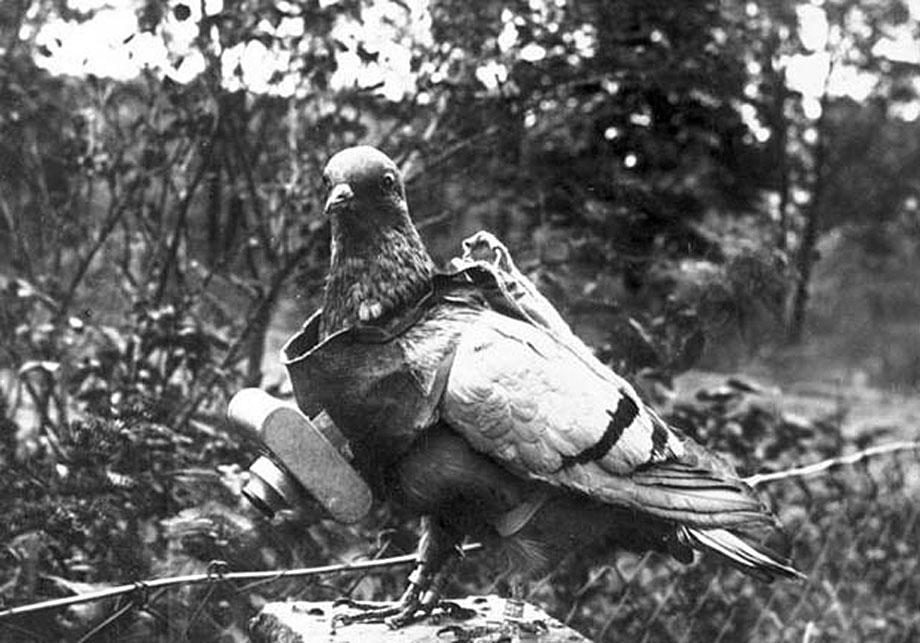
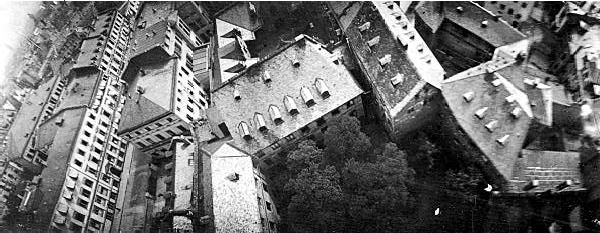
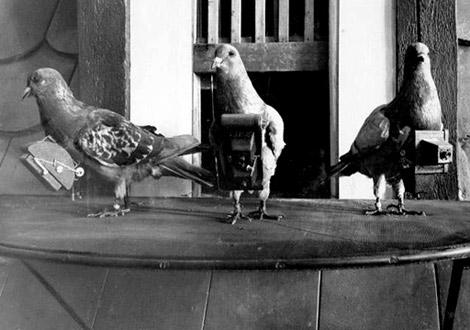
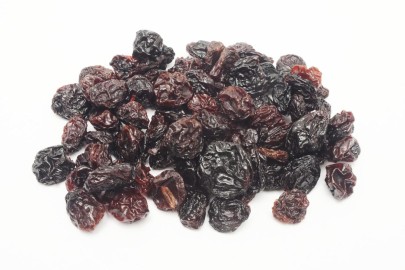

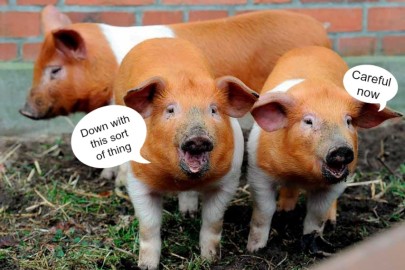







Looking at the image above, I’m amazed the pigeons could fly with a camera that size strapped to them. Tough old bids pigeons – indifferent to explosions and happy to eke out a life in central London.